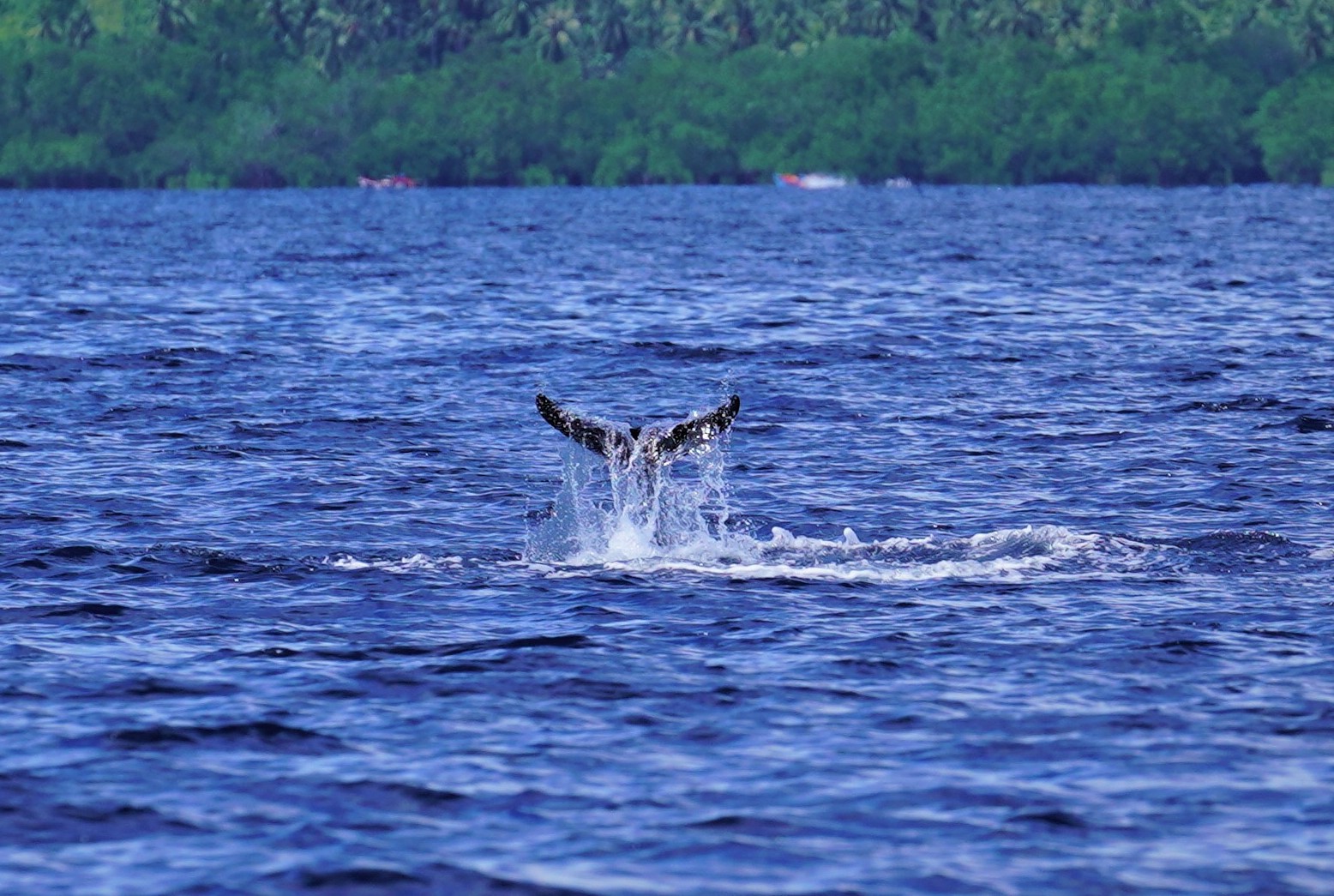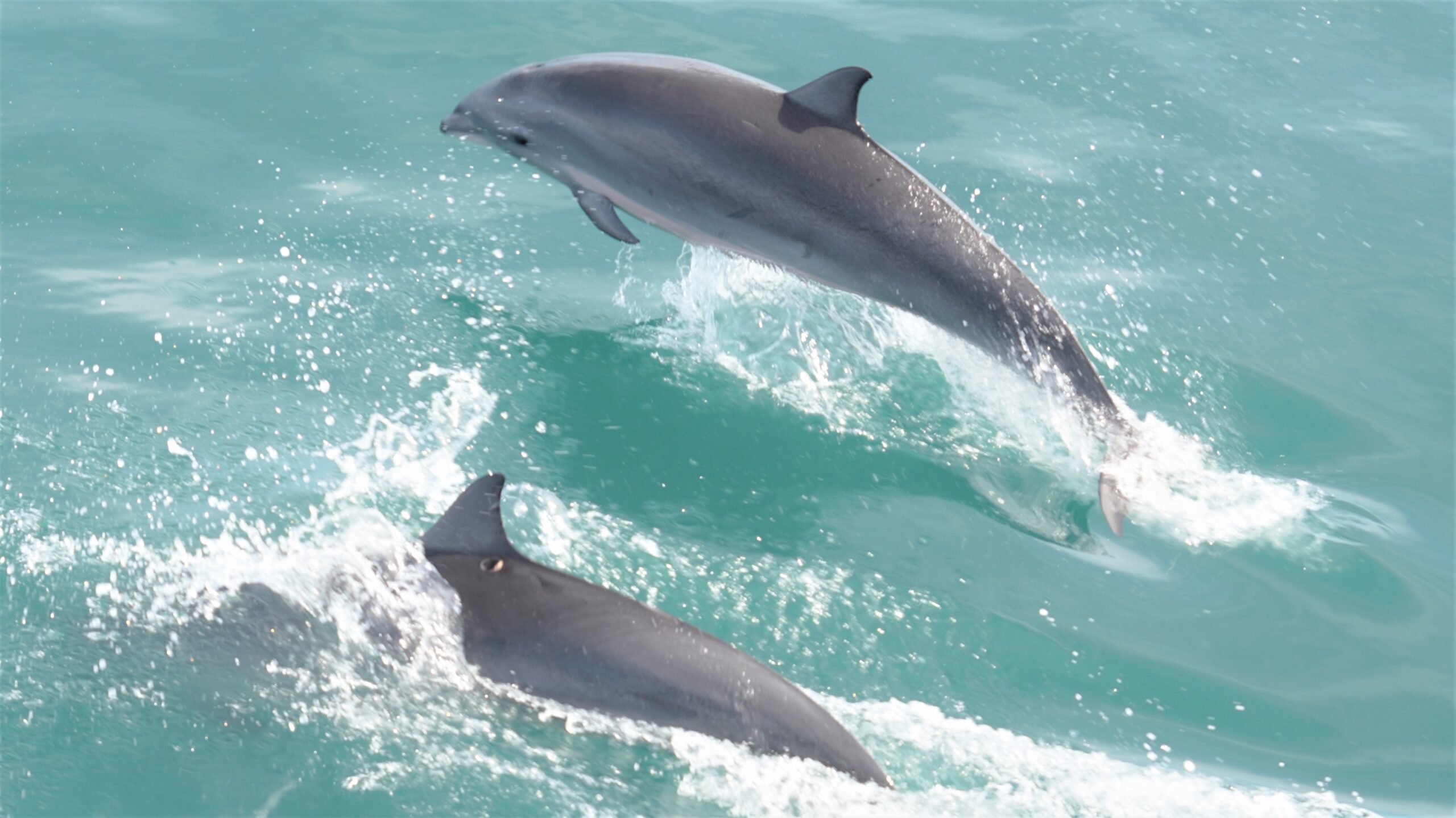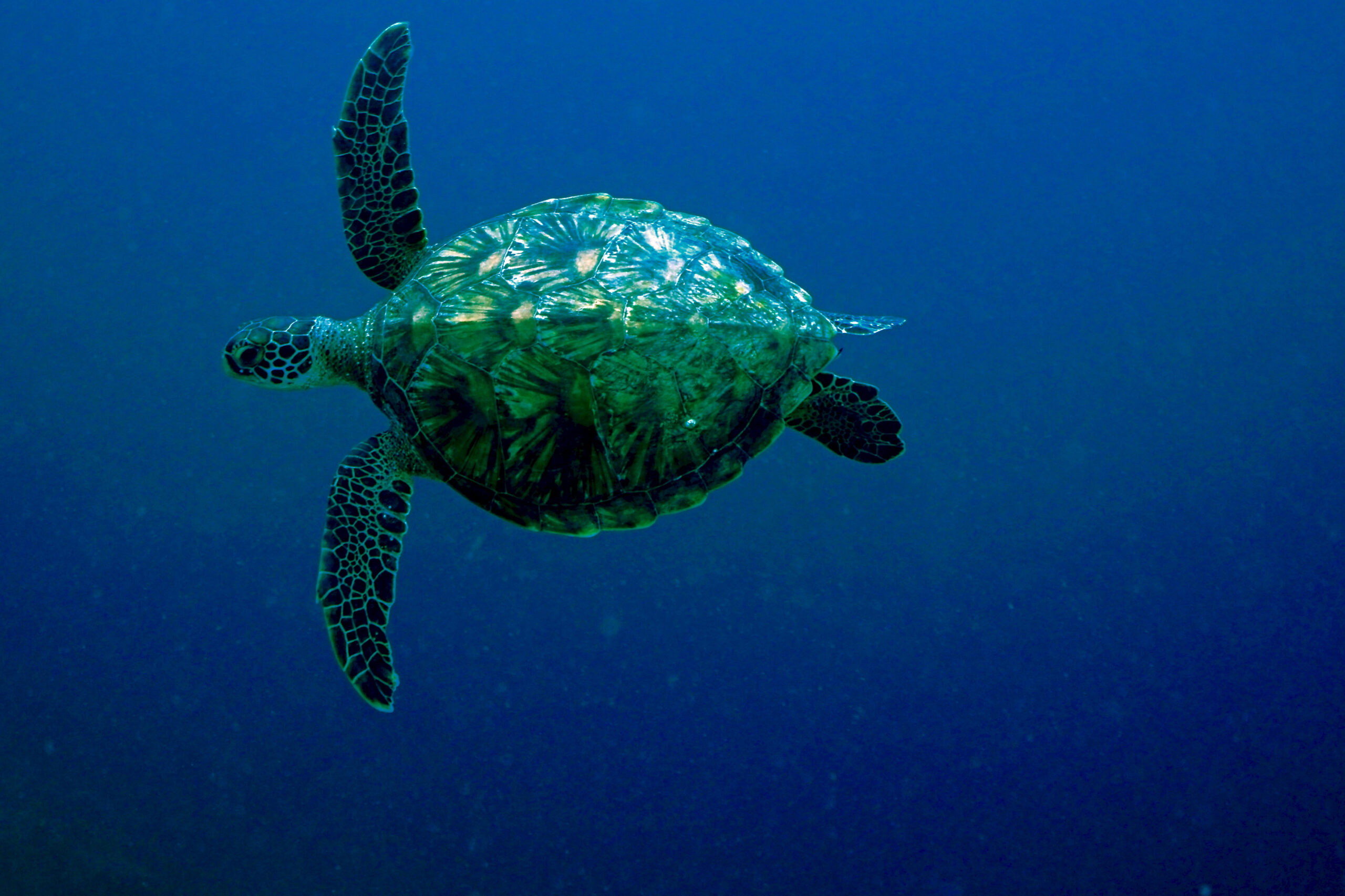Text by Henrylito D. Tacio
Photos courtesy of Harry Morris
Davao Gulf, which cuts into the island of Mindanao from the Philippine Sea, is home to several marine species, including dolphins and whales, according to an environmental awareness organization in a post shared on its social media account.
Ecoteneo, based at the Ateneo de Davao University (ADDU), said that about seven individuals of dolphins were sighted off the side of Paradise Island Park and Beach Resort last June 5. The beach resort is located at Babak District of the Island Garden City of Samal.
“Not a big surprise as Davao Gulf is home to at least 15 identified cetaceans,” Ecoteneo said, citing a study conducted by World Wildlife Fund (WWF), the world’s leading conservation organization.
WWF was the responsible partner for Davao Gulf in the Marine Key Biodiversity Areas (MKBA) project conducted from 2016 until 2019. MBKA aimed to establish Marine Protected Area Networks (MPANs) in five sites across the Philippines. Funded by the United Nations Development Program, the national implanting partner is the Department of Environment and Natural Resources (DENR), with project oversight provided by the Biodiversity Management Bureau (BMB).
In the said study, among the dolphin species found in the Davao Gulf are Fraser’s dolphin (Lagenodelphis hosei), long-snouted spinner dolphin (Stenella longirostris), Risso’s dolphin (Grampus griseus), and Indo-Pacific bottlenose dolphin (Tursiops aduncus).
Davao Gulf is home to the following whales: short-finned pilot whale (Globicephala macrorhynchus), sperm whale (Physeter macrocephalus), longman’s beaked whale (Indopacetus pacificus), dwarf sperm whale (Kogia sima), pygmy sperm whale (K. breviceps), Blainville’s beaked whale (Mesoplodon densirostris), Deranayigala’s beaked whale (M. hotaula), and melon-headed whale (Peponocephala electra).
“The dwarf sperm whales were the most frequently observed species with six confirmed, on-effort sightings for a total of 17 recorded individuals,” the 2018 Cetacean Survey Report (CSR), adding that the average pod size was three individuals, with five animals being the most in one sighting.


The groups of whales were mostly sighted on the eastern side of Davao Gulf, off Governor Generoso in Davao Oriental. Other areas were off barangay Pangubatan in Samal Island and near the mouth of the Gulf, mid-way between barangay Tagabebe, Governor Generoso and barangay Mana in Malita, Davao Occidental.
As for sperm whales, they “were sighted twice in the gulf, both times of which the sighting cue was a low, bushy, slanted blow observed approximately 2 kilometers from the sighting platform,” the CSR said.
The first sighting was off the southern tip of Cape San Agustin, less than 10 kilometers from the shore, and the animals were observed to dive then re-surface several times, each time farther from the boat. Cape San Agustin, located between Mati City and Governor Generoso, faces the vast raging waters of Celebes Sea on the south and the calm waters of Davao gulf on the west.
The second sighting was located in the deeper waters of the Davao Gulf, approximately 15 kilometers off Sta. Maria, Davao Occidental.
“These animals were observed to resurface a few minutes after a terminal dive and would at times swim towards the boat then dive again,” the CSR said.
From the previous 14 cetacean species based on past surveys and stranding reports, the 2018 sightings brought the total number in the area to 15 species. “This proves that Davao Gulf is indeed a marine key biodiversity area as shown by the diverse number of cetacean species whose presence indicate the health of the area,” WWF said.
Aside from cetacean species, Davao Gulf is also home to various aquatic species. “It is a breeding and nursery ground for small and pelagic species, with frequent sightings of whale sharks, dugongs and leatherback turtles,” WWF said. The last three were among the list of species cited in the Convention on the International Trade of Endangered Species.
According to the WWF, the Davao Gulf is one of the richest national zones for fish production. “It ranks as one of the priority conservation areas of the Sulu-Sulawesi Marine Ecoregion,” the conservation group said.
Davao Gulf may look stunning at first glance but it is in deep trouble – literally and figuratively. The regional office of the Bureau of Fisheries and Aquatic Resources (BFAR), a line agency of the Department of Agriculture, listed Davao Gulf as one of the biodiversity hotspots in the world.
“Hijo is situated in a biodiversity and economic hotspot,” said Harry Morris, a British-Filipino marine biologist. “I could see the 4-kilometer stretch of the resort’s coastline is in a state of decline for a long time.”
Morris was talking about the Hijo Estates coastline located in barangay Madaum, Tagum City, Davao del Norte. During heavy rains, the Hijo River brings with it topsoil from logger-over mountains, particularly those located in Davao de Oro.
“The sediment had buried everything and was too dynamic to allow seagrass to take root. The coastline area had retreated by over 100 meters with a loss of 20 hectares or more over the last decade,” Morris said.
This is one of the reasons why he launched the Trinity Project of the Hijo Resources Corporation (HRC) in November 2016, which involves the three coastal ecosystems of the Davao Gulf: mangroves, seagrasses, and coral reefs.
“The coastline is in urgent need of protection from erosion,” explained Morris, HRC Director for Sustainability. “Coral reef structures will help break and disrupt wave energy below the surface. The seagrass meadows will buffer the wave energy against the sediment and slow down the movement of the water. The mangroves will dissipate the wave energy with their prop roots, pneumatophores and trunks before the wave reaches the shore.”
When asked about his long-term plan, he replied, “The end goal is to rejuvenate the area to return to its former self. I want this to become sustainable in all ways: ecologically, economically and socially. The newly created habitats will thrive and sustain the locals who rely on it but using methods that will benefit them financially with no negative environmental pressure.”

Davao Gulf – with an area of 380,000 hectares – is Southern Mindanao’s fishing ground. In fact, it is the 10th major fishing ground in the country. Among the identified tuna species found in the gulf are bigeye tuna, yellow fin, and skipjack tuna.
Unfortunately, fish caught in Davao Gulf are dwindling in recent years. According to the 10-year, the volume and quality of fish have been in constant decline since 2000. The study was a collaborative effort of the BFAR, local government units (LGUs), and the regional office of the Department of Science and Technology (DOST).
The study, entitled “Strengthening Governance and Sustainability of Small-scale Fisheries Management in the Philippines: An Ecosystem-based Fisheries Management Approach in Davao Region,” looked at the volume and quality of the harvests of 10 commonly fished species in the gulf: matambaka, moro-moro, caraballas, bilong-bilong, lapu-lapu, danggit, molmol, talakitok, and maya-maya.
Except for maya-maya, the harvest numbers for the species have been falling. At the current rate of decline, the caraballas, bilong-bilong, molmol, and danggit may all disappear completely from Davao Gulf within a decade, the study forecasted.
The matambaka, tamban, and moro-moro are more resilient, but even these fishes may disappear within a generation, the study added.
Another assessment study, headed by Jose A. Villanueva and done from 2004 to 2013, showed the same conclusion: “Davao Gulf is in the state of over exploitation due to intensified fishing operations. This calls for intervention and policy implementation to conserve and manage the fishery resources in Davao Gulf.”

